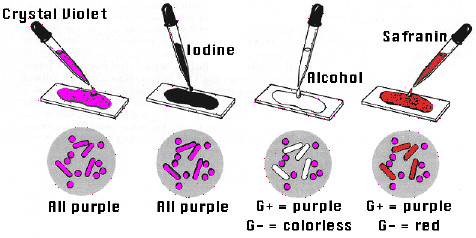MATERIALS
-Algae
-600 ml beaker
-Test tube
-Funnel
-Tap water
-Light source
-Ruler
PROCEDURE
1- First we assigned the different distances to do the experiment and compare the results to each group.
2- We took the 600 ml beaker and placed 7 g of an algae under a clear funnel inside the beaker (the wide end goes over the algae like in the image). The funnel was raised off the bottom on pieces of blue-tack to allow unhampered diffusion of CO2 to Elodea.
3-We didn't have sodium bicarbonate so we filled the beaker with tap water, the algae and the funnel should be completely under the water.
4- Then we filled a test tube with tap water and placed the thumb over the end of the test tube. We turned the test tube upside down taking care that no air enters and no water comes out and we put this test tube over the end of the funnel (the skinny part)
5- We marked the level of the water on the surface of the test tube with a marker pen.
6- Each group placed the preapartion close to a light source, each group placed the preparation in a different distance 5, 10, 20 and 25 cm, and one with no light source.
7- We also measured the temperature.
8- Finally we left this preparation for and hour and a half. After this time we measured the difference of gas accumulation on the top of the test tube.
Results and observations: everything will be explained in the questions below:
QUESTIONS
1- Identify the dependent and the independent variable of this experiment.
Dependent: gas production, Independent: distance (intensity of the light)
2-Using the data from your results prepare a graph and describe what happened to the amount of gas in the test tube.

My group had the 10 cm distance and our water level decreased about 0,4 mm in an hour and a half.
If you have more light intensity, the phtoshyntethic rate will be higher. We controled the temperature and the algae quantity because this could have and influence on the result. Also, we think that Laura's and Andrea's result is incorrect because the distance is higher so the water level decrease should be lower than the other. Maybe they measured it incorrectly.
3-How much gas was producted in the test tube after one hour? And an hour and a half?
We put the results in the graph.
4-Write the photosynthesis equation. Explain each part of the equation. Which subtances are produced by photosynthesis. Which gas is produced that we need in order to live? Plants take in carbon dioxide by diffusion through their stomata. Light energy enters the plant via leaves and water and nutrients enter through roots. The plant is then able to make glucose and oxygen. The glucose moves from the leaves to the plant and the oxygen diffuses out of the leaves. The gas that we need in order to live is oxygen.

INVESTIGATION
-Which is the origin of the oxygen that we breathe?
The trees and plants that are around us and other organisms that do the photosynthesis.
-Where are the lungs of our planet?
Phytoplankton need two things for photosynthesis and thus their
survival: energy from the sun and nutrients from the water.
Phytoplankton absorb both across their cell walls.
In the process of photosynthesis, phytoplankton release oxygen into the water. Half of the world's oxygen is produced via phytoplankton photosynthesis. The other half is produced via photosynthesis on land by trees, shrubs, grasses, and other plants.




























